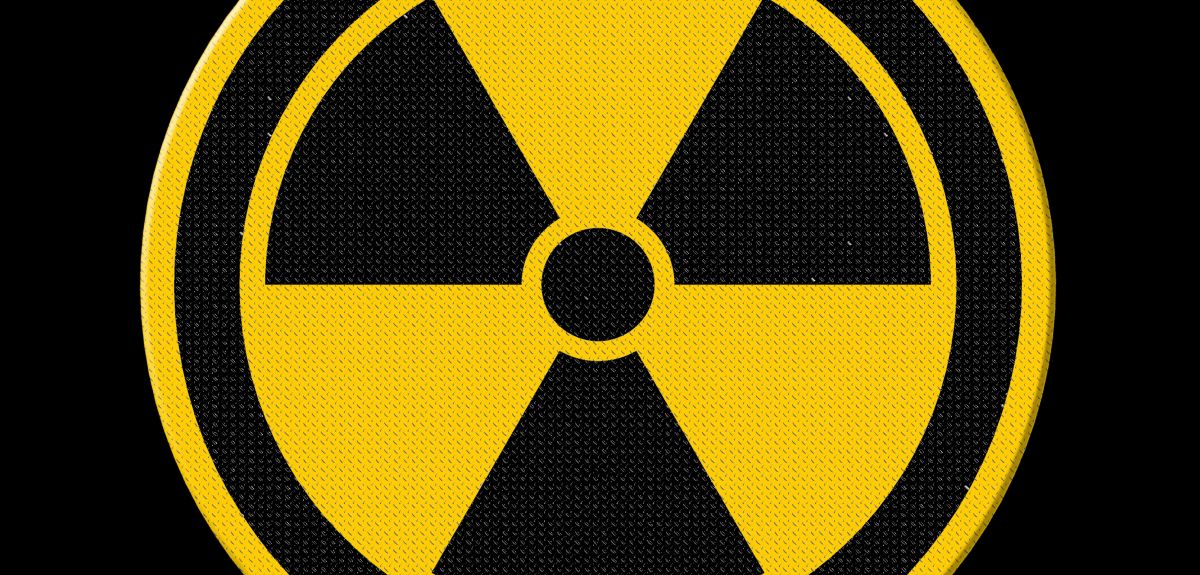
Low-level radiation less harmful to health than other lifestyle risks
Low-level radiation exposure poses less of a health risk than other modern lifestyle threats, such as smoking, obesity and air pollution, according to Oxford University research.
Human populations have always been exposed to ionizing radiation, and more so in modern life due to its use in medicine, industry and the armed forces. Whilst the risks to human health from medium and high-level radiation are relatively well-understood, the risks at lower levels are less clear. Mixed messages about the safety of low doses of radiation from different sources have created confusion for the public and for policy makers.
In a new study, published today in the Proceedings of the Royal Society, a team of experts from the Oxford Martin School at the University of Oxford have compiled the evidence on health risks from low-level ionizing radiation, adding a new nuance to the debate. The restatement is intended to better inform policy decisions and show where crucial gaps in knowledge lie. It clarifies the scientific evidence available from a variety of sources, and ranks them as to how much they enjoy consensus support from the scientific community. The paper concludes that the overall risk to human health from low-level radiation exposure is small, particularly when compared with general risks from modern society, such as obesity, smoking and air pollution.
Professor Angela McLean, lead author and Co-Director at the Oxford Martin Programme on Collective Responsibility for Infectious Disease, said: ‘We know a great deal about the health risks from radiation thanks to exceptionally careful studies of groups of people exposed to different levels from nuclear bombs or accidents, medical exposure of patients, naturally occurring sources (such as radon), and workers in the nuclear industry and medicine. From these studies it is clear that moderate and high doses of radiation increase the risk of developing some types of cancer.’
The team illustrate the size of this increase in risk by using the following example. 100 individuals were each briefly exposed to 100 mSv (millisievert is the measure of radiation dose), then, on average over a lifetime, one of them would be expected to develop a radiation-induced cancer, whereas 42 of them would be expected to develop cancer from other causes. To put 100 mSv in context, the low dose from a CT scan of the whole spine is 10 mSv, while the average dose from natural background radiation in the UK is 2.3 mSv each year.
To build on the insights gained from this study, further research will be conducted to better understand the genetic healthcare implications of radiation exposure and the biological basis of the damage from radiation to DNA and cells.
Professor McLean said; ‘Despite the depth of our knowledge, there are still many unknowns. Even the best designed epidemiological study finds it hard to distinguish between no extra risk and a small additional risk at low levels of exposure and we have to make some important assumptions here, particularly for the purposes of radiation protection. For example, no human study has conclusively shown an increase in hereditary disease in the children of irradiated parents, but radiation protection calculations assume some risk is present because of evidence from large animal experiments.
‘There is also a great deal of work being undertaken to investigate the biological basis of the damage from radiation to DNA and cells, but it is still not clear precisely the steps by which a dose of radiation might lead to cancer, sometimes decades later’.
 New Year Honours 2026
New Year Honours 2026
 New study estimates NHS England spends 3% of its primary and secondary care budget on the health impacts of temperature
New study estimates NHS England spends 3% of its primary and secondary care budget on the health impacts of temperature
 International collaboration launches largest-ever therapeutics trial for patients hospitalised with dengue
International collaboration launches largest-ever therapeutics trial for patients hospitalised with dengue
 Oxford-built multi-agent assistant for cancer care to be piloted in collaboration with Microsoft
Oxford-built multi-agent assistant for cancer care to be piloted in collaboration with Microsoft